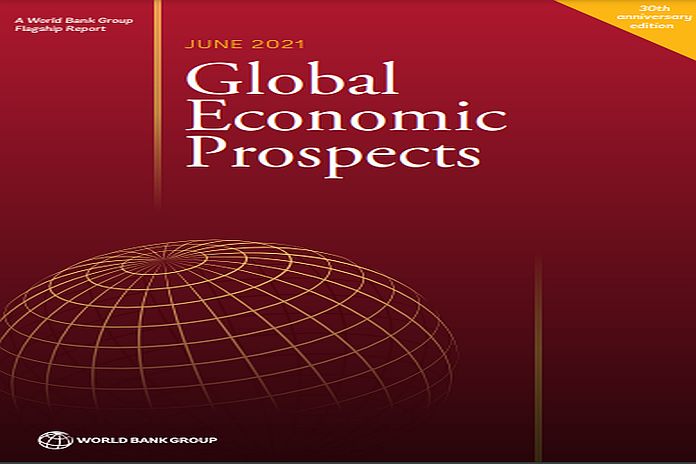Global Economic Prospects: Latin America and the Caribbean

WASHINGTON, USA – The region continues to be severely affected by the COVID-19 pandemic, and new cases have spiked after slowing in early 2021. Brazil in particular is grappling with outbreaks of variants that have not only infected but re-infected people. Mobility restrictions were tightened in countries including Argentina, Barbados, Brazil, Colombia, Ecuador, Paraguay, Peru, and Uruguay in the first half of the year, hindering economic activity, especially in the services sector. Vaccination is uneven across countries.
External economic conditions have improved since the start of the year. Rising commodity prices have bolstered government revenues and remittance inflows remain robust, supporting consumer spending in Honduras, El Salvador, Jamaica, Guatemala, and Nicaragua. International tourist arrivals are at a small fraction of pre-pandemic levels in much of the Caribbean but have approached half of pre-pandemic levels in the Dominican Republic and Mexico in recent months.
Portfolio inflows have slowed, however. Currencies have depreciated and inflation has risen in many countries, albeit from low levels. Given fiscal strains and an assumption of progress in combating the pandemic, spending and tax relief related to COVID-19 is winding down in most countries. Yet the effects of the pandemic remain severe. Employment has not returned to pre-pandemic levels. Income losses have worsened poverty and food security in many countries.
Outlook
Regional GDP is projected to grow 5.2 percent in 2021, assuming moderate progress in vaccine rollouts in most countries, eased mobility restrictions, positive spillovers from advanced economies, and a rise in commodity prices. Growth is projected to wane to 2.9 in 2022. A full recovery to pre-pandemic levels of output will be protracted in much of the region. In 2022, per capita GDP in the region is projected to be 1.5 percent below its 2019 level.
Brazil’s economy is projected to grow 4.5 percent in 2021, supported by a fresh round of emergency payments to households and benign domestic and international credit conditions. Mexico’s economy is projected to expand by 5% in 2021, as the manufacturing industry and the services sector are expected to benefit from increased export demand associated with robust growth in the United States. Growth in Argentina is expected to rebound to 6.4 percent in 2021, while Colombia’s economy is expected to expand 5.9 percent this year. Chile’s economy is anticipated to expand 6.1 percent and Peru is forecast to grow 10.3 percent this year.
Growth in Central America is expected to reach 4.8 percent in 2021 on robust remittances and commodity price rises. In the Caribbean, where COVID-19 caseloads have been relatively low, growth is anticipated to expand 4.7 percent, although the outlook for most tourism-reliant economies has been revised downward since January with the recovery in tourism still sluggish.
Risks
Risks to the outlook are predominantly to the downside, including slower-than-expected COVID-19 vaccination, surges in new cases, adverse market reactions to strained financial conditions, and disruption related to social unrest and natural disasters. The durability of the recovery is highly contingent on containment of the pandemic. Concerns about fiscal sustainability have intensified as gross government debt in the median economy climbed to 64 percent last year, and external debt has also jumped. Disruptions related to natural disasters are a persistent risk to the region. In the longer term, failure to pursue policies to heal from the damage caused by the pandemic, such as investing in new technology and infrastructure, would weaken prospects.
An upside risk to the forecast is stronger-than-expected spillovers through trade and confidence channels from the strong growth rebound in the United States.
Download this data and Global Economic Prospects here.
Source: caribbeannewsglobal.com



